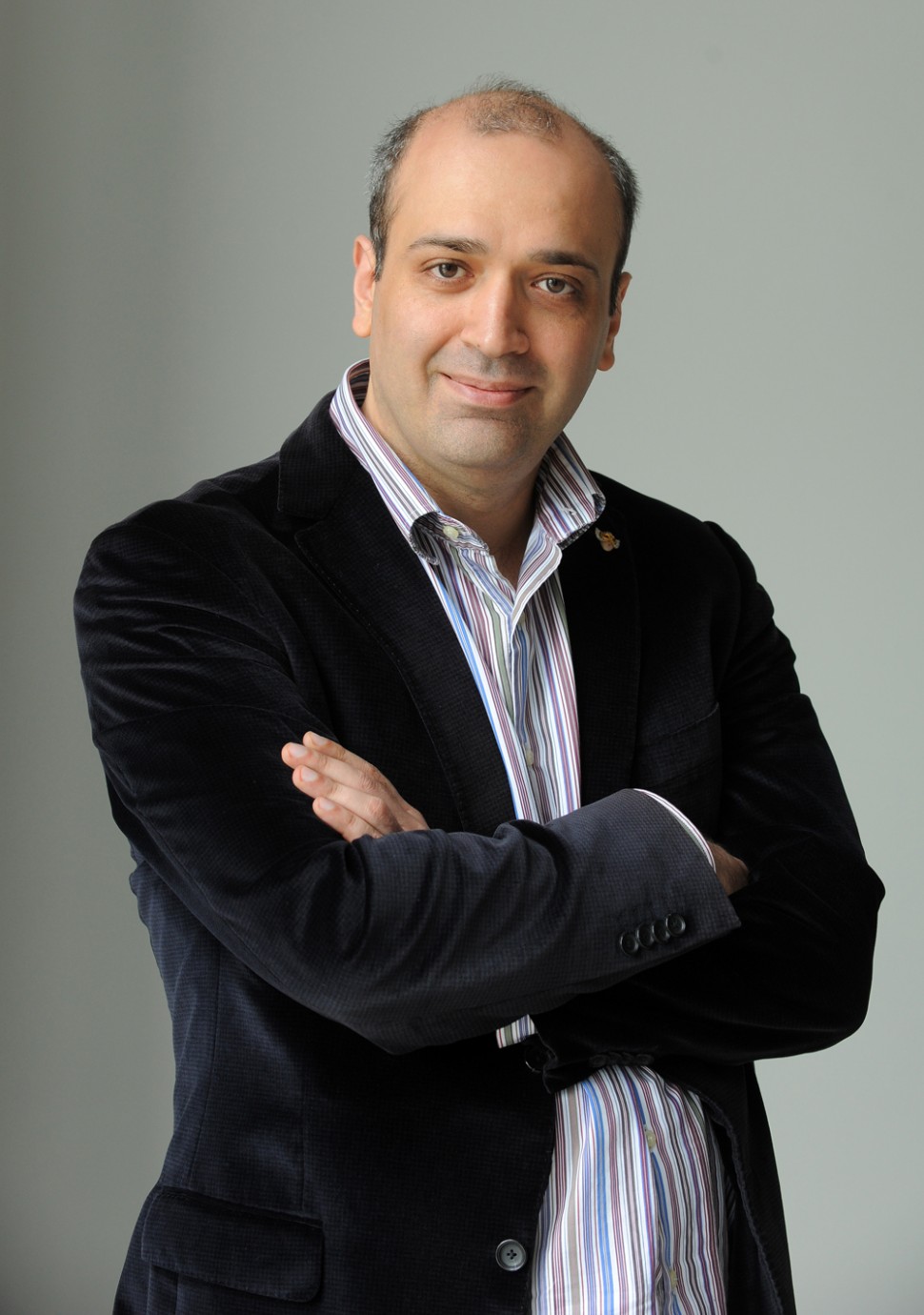The Moscow State Opera and Ballet Theatre for young audience named after Natalia Sats
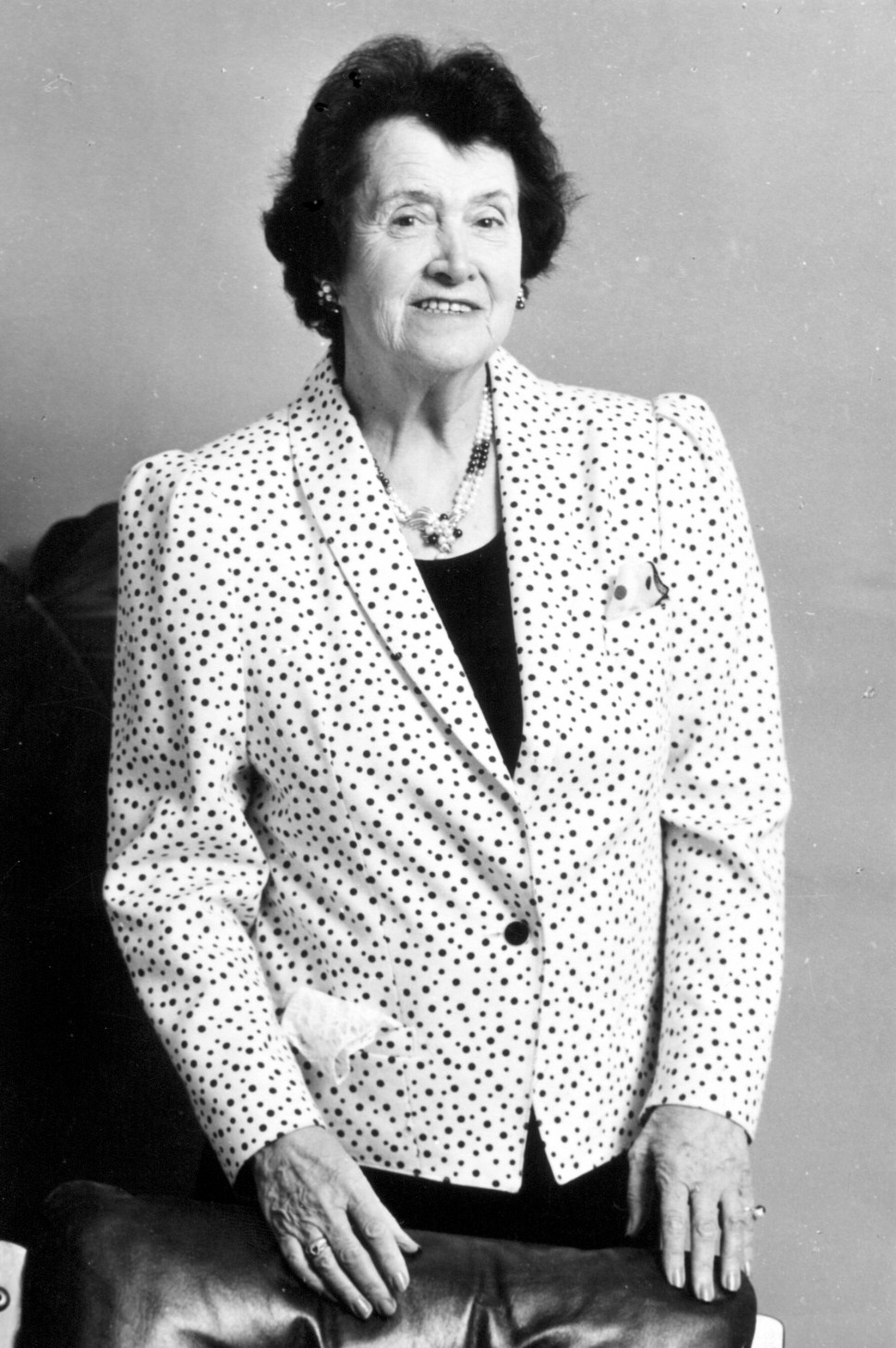
My whole life was inspired with the only aim – to bring theatre and music to children. I always had and still have a strong conviction that it would help them to grow up well educated and well cultured, to be more delicate and try to understand feelings of others more deeply, to become real humanists.
Disputes about «what theatre for children is» are not finished yet and I think will never be finished. Do we need a special children-oriented theatre? Or isn’t it better if a child visits good-quality theatre with parents and is being raised on performances for adults? I do not have a definite answer, but there is one thing I realize very clear: in case at a certain moment a child does not start visiting theatre, art gallery or philharmonic society something very important can be lost. Our theatre is absolutely unique, because there is no other Professional State Opera and Ballet Theatre for Young Audience anywhere in the world. Out theatre always had its own inimitable style, but nevertheless today its mission has to be deeply reconsidered. In the past our country had a special system of the aesthetic education for children, the system aimed all-round education. Today we are in a situation which is completely different in comparison with situation in former times. And we have to pay the most attention to the fact that children have changed. And it is impossible any longer to surprise them with ordinary entertaining shows. I think contemporary theatre for children should be as much as possible interactive to give spectators a possibility to discover something new about both the world and themselves. Theatre should give a child that which he or she won’t find anywhere else – not in any amusement park or on the Internet. And in this case how can one manage without Shostakovich, Prokofiev, Mozart, Tchaikovsky, Verdi assistance? The duty of our theatre is to lay the foundation of children taste, so that they become the men of taste and know what the genuine music, literature and painting are.
The Intendant of the Moscow State Opera and Ballet Theatre
for Young Audience named after Natalia Sats
GEORGIY ISAAKYAN
- HISTORY
- ARCHITECTURE
- REPERTOIRE
- EDUCATIONAL WORK and SOCIAL PROGRAMS
- FOREIGN ENGAGEMENTS
- NATALIA SATS
- OPERA STUDIO FOR CHILDREN
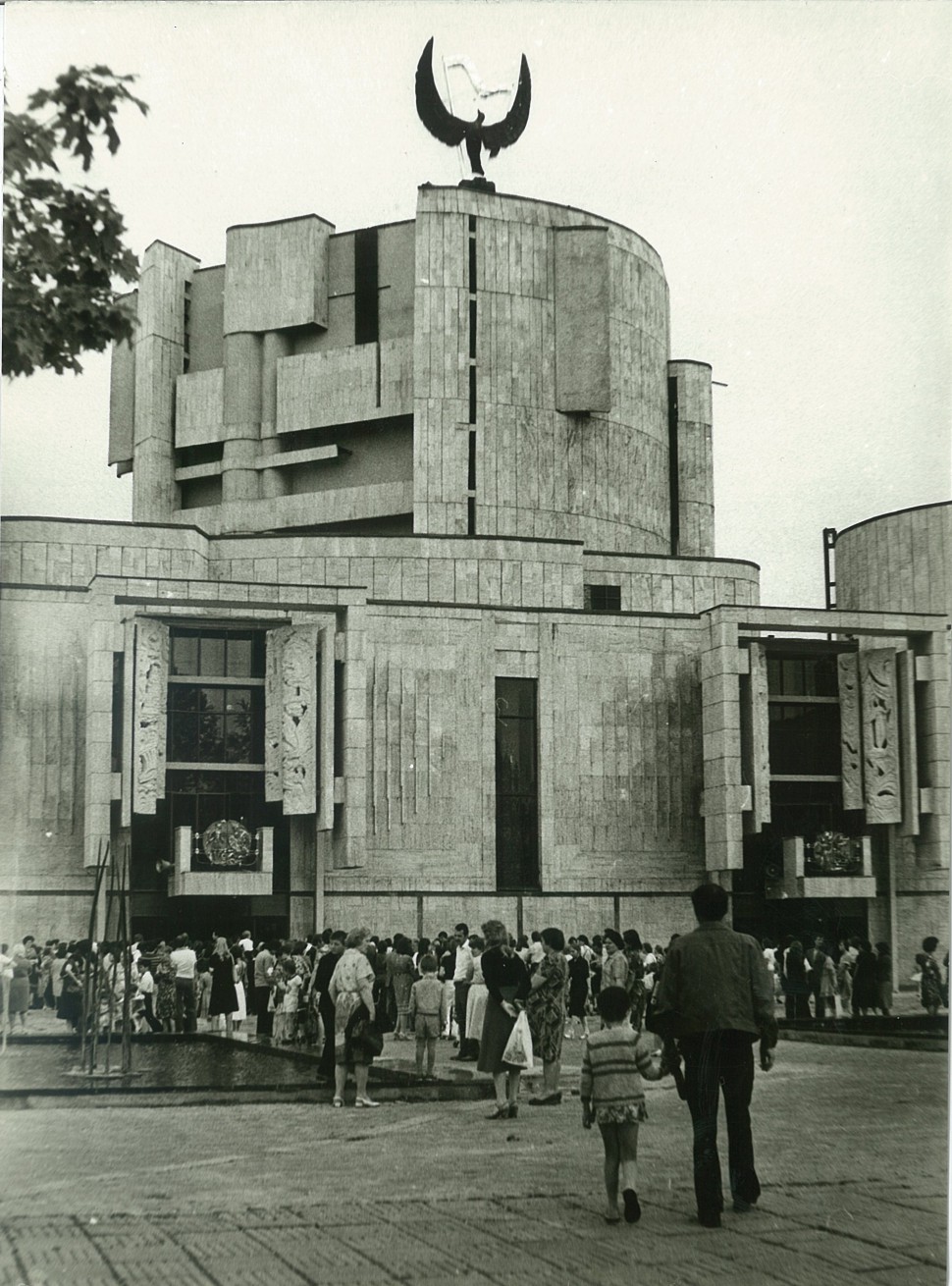
THE FIRST SPECTATORS
The Moscow State Opera and Ballet Theatre for Young Audience named after Natalia Sats is the world’s first and so far the only professional state music theatre, which carries out two great missions simultaneously – to be a full-scale Opera and Ballet theatre and to have large and serious repertoire for children, young people and family audience. Our theatre creates and presents classic, as well as contemporary opera and ballet performances, symphony concerts, education and other special programs for spectators of different ages. The training level of such an interesting audience is different and we try to represent music styles in all the diversity.
The theatre has its own symphony orchestra (over 100 musicians), opera (75 singers) and ballet (60 dancers) companies, as well as own professional chorus, working together under the General management of the theatre.
All the soloists and musicians have higher musical education – they graduated from the Moscow Conservatoire and other higher musical establishments of Russia. “Voices of great strength and rare beauty of the singers of the Moscow State Opera and Ballet Theatre named after Natalia Sats combined with perky recreation of dancing images came out as a surprise for audience”,- wrote the German newspaper “Nachrichten” about the theatre’s performance when it was on tours in Germany.
The theatre was founded in 1965 by the world’s first female opera director, worldwide famous Natalia Sats – women of legendary fate and incredible deeds, “the mother of children’s Theatres throughout the world”. During her long life she organized 6 theatres for children. Daughter of Iliya Sats, composer for Stanislavsky’s Moscow Art Theatre, she raised in the circle of some of the most distinguished Russian artists. After Natalia Sats death theatre went through a difficult time. But theatre survived, kept its audience and stayed in the perfect creative shape.
A new chapter in theatre life began in 2010 when new artistic director, the State Prize of the Russian Federation Laureate and the Golden Mask Prize Laureate Georgiy Isaakyan started in this position. The main idea of the artistic renovation was to present to the audience the greatest opera and ballet music of different periods, to speak to the new generation of the audience on the language of contemporary art.
The theatre is carrying out an important and necessary mission – to bring true art to all kinds of the audience, to help them not just to listen to the music, but also to feel in it beauty and kindness captivating their imagination and enriching the growing and developing characters of a personality with staunchness, love for beauty, ability to listen attentively to the images of musical art, to acquaint people with the musical culture.
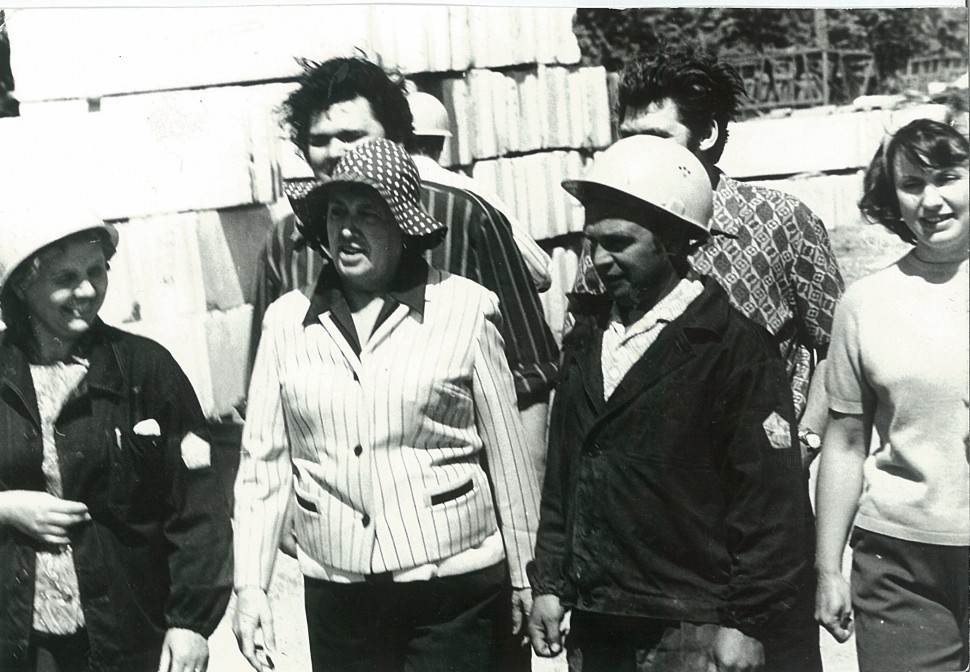
NATALIA SATS AT THE CONSTRUCTION SITE
The building of the theatre is situated in the historical district of Moscow and is one of the most outstanding theatre complexes of the city. Everything in the theatre was created with children’s audience in mind and helps to bring theatre closer to children, make it more open, clear and interesting for them. There are a lot of interactive corners in our theatre which are very interesting both for young and adult audience. Everything tells about music and helps to learn how to love it. Everything is submitted to one aim – to achieve an atmosphere of veneration and joy in perception of music.
The unique outside and inner architecture is one of the peculiarities of our theatre. Blue bird sculpture is seated at the very top of the theatre building. This symbol of happiness together with a harp became a trade mark of the Moscow State Opera and Ballet Theatre for Young Audience named after Natalia Sats. There are the golden medallions with the heroes of Pushkin’s fairy tales on the facade of the theatre.
Over the lower foyer the suspension bridges are built. Before each performance the actors come out dressed up in costumes of famous fairytales characters, greet and talk with the children from those bridges.
In the upper foyer there are the sculptures of Lel, Boyan and Orheus. There is the winter-garden in the theatre, real birds sing in the aviary. The theatre also has a unique Palekh Room, decorated by the giant Palekh panels painted with characters and scenes from the famous Russian and European novels and fairytales, a hall for music lectures, large foyers, and even special room for parents and the infant «spectators». The Main Stage with the beautiful theatre curtain featuring the images of the Rimski-Korsakov’s opera “Sadko” has 1100 seats and three stages, so the action can take place simultaneously in three spaces.
The Small Auditorium that has just been reconstructed and turned out into very contemporary, technically modernized convertible site, which could shape and seat from 120 to 300 spectators.
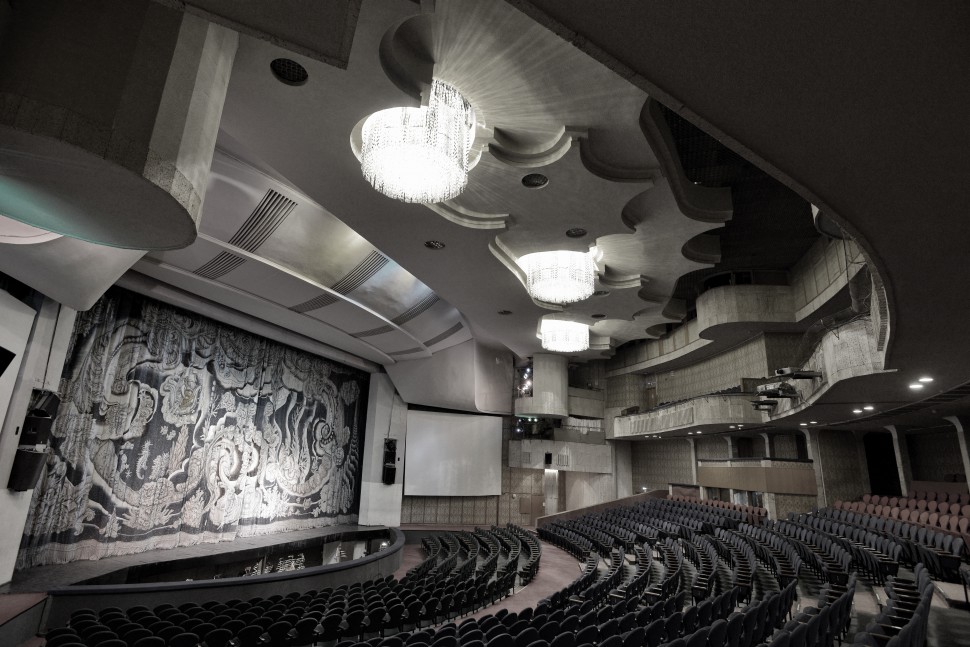
Every day our house is opened for young and adult audiences.
Our theatre repertoire is prepared in such a way that it suits the demands of the audience of different age groups ranging from boys and girls of 3-10 years to teenagers and the whole family. We try to represent the musical styles in all the diversity, in the words of Natalia Sats “to bring great musical art to little ears, to talk seriously with them in the language of music culture”.
Today theatre has absolutely unique repertoire based on works of the greatest composers of all times, from Cavaglieri and Mozart to Stravinsky and Prokofiev, and includes more than 20 operas, 9 ballets, few musicals for kids and family audience, as well as symphony concerts and special programs. A number of titles of the repertoire were commissioned and have been created by the best contemporary Russian composers specially for our theatre.
Theatre tries to bring symphonic music closer and make it more attractive to children and young people. Every month theatre gives symphonic concerts which have become prominent in our work. Concerts consist of the fairy-tale reading by famous actor accompanied by theatre own symphony orchestra.
Also theatre’s activity includes different social programs and programs for physically challenged children.
Our theatre became a real center of the music and culture education for children and young people.
Since its foundation theatre has the Educational Department – the first of its kind in the opera world. The main goal of this department is to work with the children to give them an access to music culture. Our Educational Department collaborates with different drama and music schools. Before every performance employees of the Educational Department meet the children who visit our theatre, during the intermission music educational lessons take place and after the show discussions with our young spectators take place.
There are a lot of different programs and projects initiated by the Educational Department. Here are some of them.
Educational program “The Backstage World”. In the frame of this program children can:
— make tours of the theatre
— make an acquaintance with the theatre professions.
“Friends Club”. In the frame of this project our theatre collaborates with schools and different artistic groups. This collaboration lies in the field of theatre education and involvement of young audience.
“Association of Children’s Theatres”. The Association was founded by our theatre and in the frame of this project annual Festival “Moscow. Theatre. School” takes place.
“Theatres-Sputniks”. In the frame of this project, which is more than 30 years old, our theatre collaborates with children’s amateur non-professional musical and theatre groups from Russia and the near abroad.
The Moscow State Opera and Ballet Theatre named after Natalia Sats has covered thousands of miles. Numerous performances of our theatre enjoyed great success abroad. Viewers in USA, Japan, Canada, France, Germany, Hungary, Czech Republic, Bulgaria, Romania and many other counties applauded to the theatre.
A few years ago the theatre management has been changed and in this connection now our theatre is in a process of the renovation. We try to take an active part in the international theatre community life. The general direction defined by the present management of our theatre is the openness for all the best that was created in the past and is being created at the present time in the field of music theatre.
In the season 2012-2013 theatre has several important appearances in the international context. In October 2012 together with Bolshoi and Stanislavsky theaters we hosted the annual conference of Opera Europa – all-European Opera houses association.
In March 2013 for the first time in its history our theatre had a tour in Dublin, Ireland. The new production of Carmen, based not only on the masterpiece of Bizet, but also inspired by the great paintings of Picasso, has been presented there.
In July 2013, on the 100th Anniversary of The Théâtre des Champs-Élysées our Theatre was invited to that famous Paris theatre to give The Golden Cockerel performance by Nikolay Rimsky-Korsakov directed by Georgiy Isaakyan and Andris Liepa. This opera-ballet is a reconstruction of the legendary Mikhail Fokin’s performance staged in 1914 in the frame of Sergey Dyagilev’s famous Russian Season. The effective set “a la Russe” has been carefully reconstructed by set designer Vyacheslav Okunev by N.Goncharova’s sketches.
NATALIA SATS — WOMAN WHO HAS CAUGHT THE BLUE BIRD
I am often asked how and when a feeling of irresistible necessity to give all my strength, experience and love for creating the first opera theatre for children appeared in me…
I feel like my whole life step by step prepared me for this the most important cause…
NATALIA SATS
Natalia Sats (27.08.1903, Irkutsk – 18.12.1993, Moscow) – Soviet theatre director, the first woman-opera director, founder and head of six professional theatres for children, including the first in the world drama and music theatres for children.
At the 1st ASSITEJ Meeting in Paris at the suggestion of Leon Chanssarel Natalia Sats was unanimous awarded the title of The Mother of Theatres for Children.
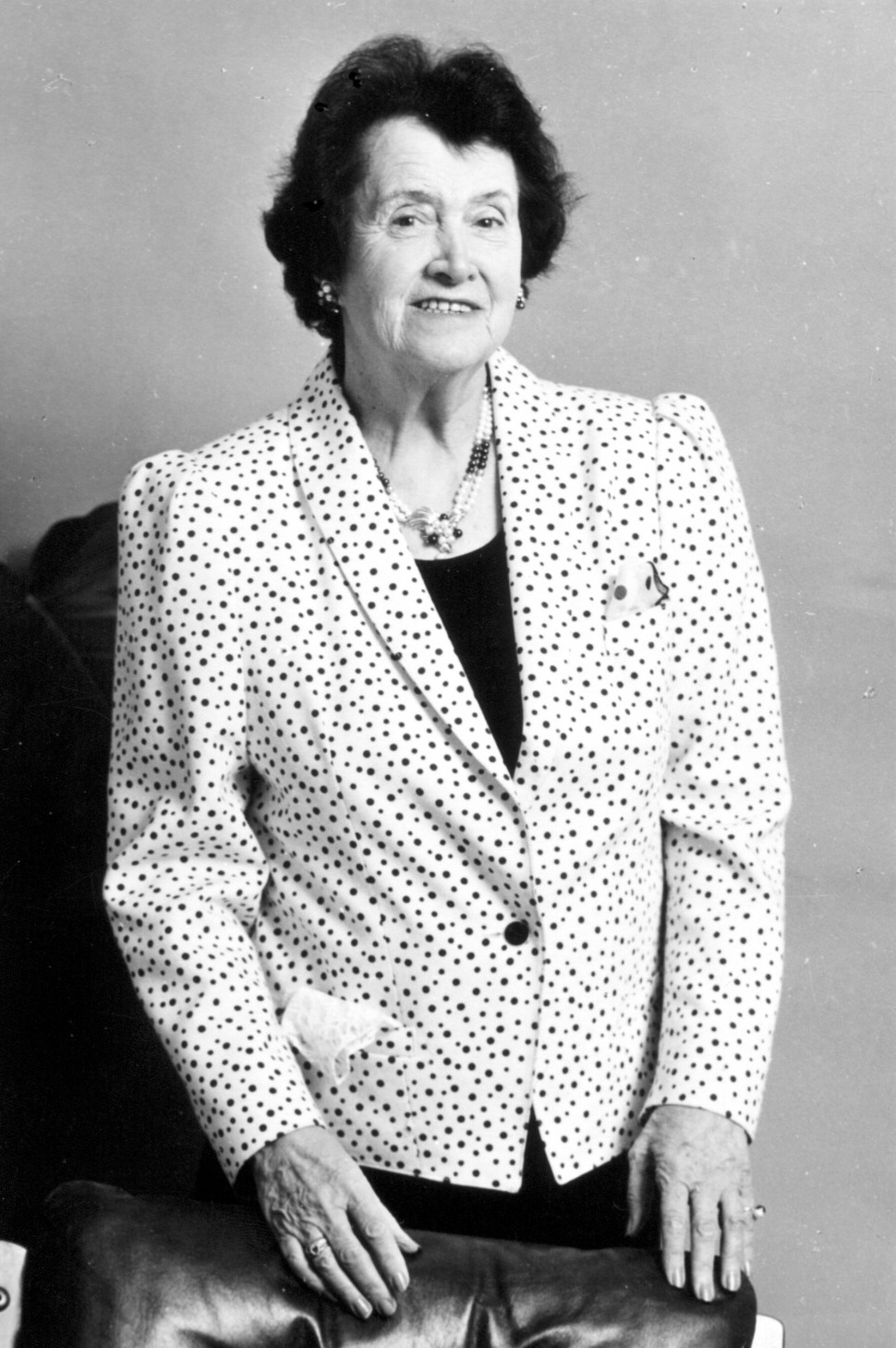
USSR State Prize Laureate (1972),
People’s Artist of the USSR (1975),
Lenin Prize Laureate (1982),
Hero of Socialist Labor medal (1983),
Lenin Komsomol Prize Laureate (1985).
Member of USSR Union of Writers (1962).
Starting from 1981 Natalia Sats lectured at the Russian Academy of Theatre Arts, in 1984 she became a professor.
Natalia Sats was an active propagandist of music art for the children. Author of plays, librettos of operas and ballets for the children, as well as books and articles devoted to music education.
Natalia Sats — a person of the legendary fate — was born into a family of famous composer Iliya Sats (a friend and protege of Leo Tolstoy) and opera singer Anna Shchastnaya.
In 1904 family moved to Moscow, and in 1906 Iliya Sats started in a position of music director of the Moscow Art Theatre. World-wide famous theatre and music leaders, such as Sergey Rakhmaninov, Konstantin Stanislavsky, Eugeny Vakhtangov, Vasily Kachalov, Leopold Sulerzhitsky were friends of Sats family.
After the October Revolution in 1917, Commissar of Education Anatoly Lunacharsky proposed to start a theatre for the children and the Moscow Art Theatre director Konstantin Stanislavsky recommended the 15 year old Natalya Sats. After many stage successes, she received both Russian and international recognition.
In 1918 on Natalia Sats’s initiative The Mossovet Children’s Theatre – the first theatre for the children – has been founded.
In 1921 she founded The Moscow Theatre for Children (in 1936 theatre was re-named for The Central Theatre for Children, now it is known as Russian Academic Youth Theatre).
Starting from 1921 and until she has been arrested in 1937 she held a position of the managing and artistic director of The Moscow Theatre for Children.
In the twenties she was awarded title of the Honoured Artist of Russian Soviet Republic. Her productions for children The Black Boy and the Monkey, About Dziuba, The Golden Key, Seriozha Streltsov and others were a great success among spectators and the press.
In thirties Natalia Sats receives a lot of invitations to stage performances abroad. Opera productions she staged in the collaboration with world-wide famous conductor Otto Klemperer – Verdi’s Falstaff (1931, Berlin) and Mozart’s The Marriage of Figaro (1931, Buenos Aires) were internationally recognized. Using her friendship with Sergei Prokofiev, she commissioned him to write Peter and the Wolf, which she premiered May 2, 1936. This play has received a wide international success, was recorded over 400 times, and translated to a number of languages.
In 1937 Natalia Sats was arrested as “Traitor of Motherland family members”. Her husband Israil Veitser, USSR statesman was repressed. The US ambassador attended one of Natalia Sats shows and it gave rise to her arrest. One single night that she spent in a ward at the Lubyanka prison made her completely grey-haired. She was charged with high treason and called political spy. She was sentenced to five years at a labor camp in Siberia. But even during her imprisonment she founded a theatre in a camp.
At the end of her sentence, she was not allowed to return to Moscow, and moved to Alma-Ata (now Almaty, Kazakhstan), where a lot of famous actors lived in evacuation at that time. Thanks to Natalia Sats energy the Alma-Ata Young Spectator Theatre has been opened in 1945, which was headed by her for 13 years.
After Joseph Stalin’s death in 1953, Sats was fully rehabilitated and returned to Moscow in 1958. In Moscow she leaded Russian Touring Theatre and then – kids department of the Mosestrada. She selected a repertoire for children’s matinees and concerts, and looked for the plays and music pieces, which could be used for performances staging.
With the support of Russian cultural elite, she demanded to be given an opportunity to start a new theater for the children. They didn’t have a building. Operas and ballets for children were a very rare thing at that time. It was very difficult to find actors who would like and were able to work at such a theatre. But her strong will, confidence and love for children overcame all these difficulties. After seven years, in 1965 she founded and became a head of the first in the world Music Theatre for Children.
With her troupe, she traveled all over the world – from Japan to Germany, performing in many countries and languages. Many famous Russian composers, such as A. Alexandrov, L. Polovinkin, D. Kabalevsky, T. Khrennikov have been got involved by Natalia Sats to work at her theatre.
At Natalia Sats suggestion The Blue Bird of Happiness from Meterlink famous play became a symbol of the theatre and soars over the Music Theatre for Children named after Natalia Sats.
Natalia Sats died 18 December 1993, and was buried at the Novodevichy Cemetery in Moscow next to her father.
Opera Studio for Children named after Natalia Sats was founded in 2010. It is a unique professional institution whose members are children aged 6-14. The particularity of this studio is that children have an opportunity not just to study, but to gain real acting experience as well – pupils take part at the performances from theatre’s repertoire. In numbers of the shows children have leading roles, for example – in the musical The Life and Extraordinary Adventures of Oliver Twist.
A primary goal of the studio is to bring young artists up in the classical traditions of musical education. Pupils of the studio study vocal, choreography, acting technique, painting and Art history.
Pupils of the Opera Studio give concerts at the largest concert halls of Moscow, among which are the Moscow International House of Music, the State Kremlin Palace, The Cathedral of Christ the Saviour, take part in the theatre performances and Gala-concerts on the open-air venues.









